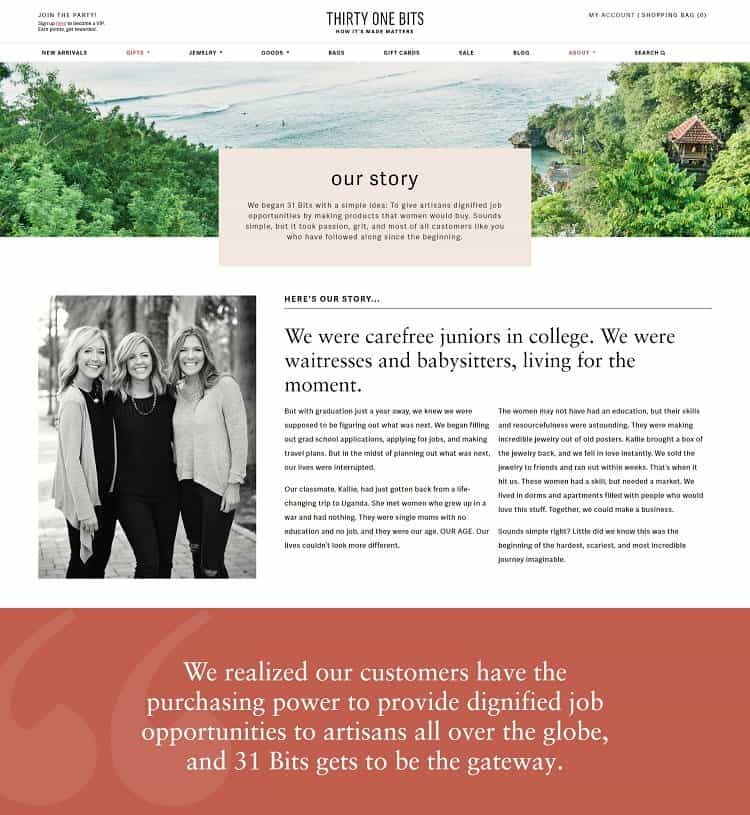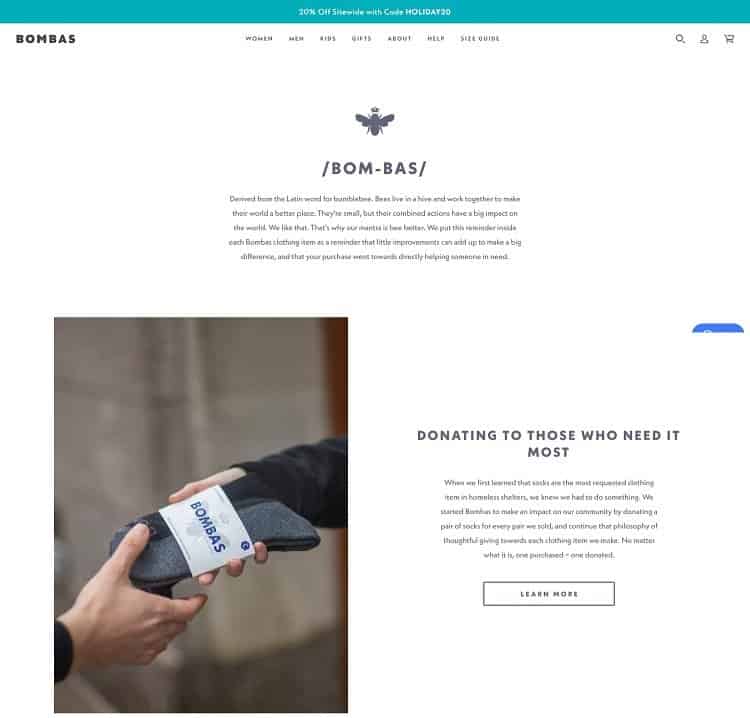Robust branding is the best way to stand apart from your competition. It isn’t as easy in a crowded space such as the internet to create an enduring image, though. Tactics that worked two years ago are now less effective, as smart consumers catch on to marketing trends.
Companies spend around $333 billion on digital advertising each year, with a predicted rise to $517.5 billion by 2023. Everywhere consumers turn, someone is trying to sell them something. If they watch a movie, they deal with product placement. Riding in the car to work, they hear ads on the radio and encounter billboards along the way. The online world is even more intrusive, with pop-ups and spam sent to a user’s inbox.
Then, you must present a clear and consistent message that resonates with the person. Here are nine methods that work in the new age of advertising.
1. Start With Your Name
Your brand name needs to be easy to remember and something that makes sense for your products or services. There are many ways of building a memorable identity However, if people can’t pronounce or remember your name, your task becomes much more difficult. Some of the best-known companies in the world have straightforward names, such as Google, McDonald’s and Walmart. You don’t have to stop and think about how to pronounce or spell those company monikers.
If your name is troublesome, consider a change. Can you remove a few letters? Make the spelling easier? While you might not wish to completely change an already established identity, anything you can do to simplify your name is helpful.
2. Know the Market
Before putting your image out there, research your market inside and out. Part of your brand identity involves the way others see you. You can shift how you handle different areas of your business. However, make sure to keep your core values the same, or you’ll seem wishy-washy. Study who buys what you have to offer and their concerns and interests, so you know what facet of your personality to show the outside world.

Carhartt knows their audience is primarily blue-collar and outdoor workers. These are people who work hard for their money and try to spend those funds wisely. The tagline, “Make your hard-earned dollars work even harder,” is a nod to their audience. It is also part of their identity of providing quality work clothes for their customers.
3. Study the Competition
If you want to stand out from the rest of the world, you have to know who surrounds you. A good start is looking at your closest competitors. What is a brand identity and what are they doing in the way of building their brand identity? You want to hit similar mediums, such as social media, but do so in a unique way that sets you apart from other companies doing something similar to what you do.
4. Toot Your Horn
You’ve worked hard to establish a thriving brand. Go ahead and highlight your achievements. If you get results for your customers, share those results through testimonials and case studies. Whatever you do best, work hard to show potential customers why you are the right choice for them.

Frommer D’Amico does an excellent job of highlighting their wins on their case results page. Note the way they list the settlements they’ve secured for their clients. In doing so, they highlight the advantage of choosing their firm because it proves they are getting results and focusing on helping local workers. They even list what the injury was and the occupation of the client, giving it equal importance to the amount awarded.
5. Find a Consistent Voice
What is your personality as a brand? Are you serious or fun-loving? Once you know who you are, you should consistently present that attitude, no matter where your brand name appears. If you post on your social media page, your personality should shine through. If you send out an email, people should immediately know it’s you by the tone and voice. Wendy’s is a standout example of a brand that does this well on social media. On their Twitter account, in particular, they offer snarky one-liners that show they are a hip company ready for the next generation of fast-food diners.
6. Figure out What You Stand For
You’ve probably heard the saying that if you don’t stand for something, you’ll fall for anything. It’s vital to understand your core values as a brand. What do you care most about? Don’t jump on the eco-friendly bandwagon merely because you think that’s what your audience wants. If you don’t care about a cause, it will show. Figure out what you’re passionate about and why you run your company, and you’ll discover something that resonates with the right audience. Those who care about the same things will flock to your brand.

The founders of 31 Bits used their passion for supporting artisans to help women in Uganda sell the beautiful handmade jewelry they created. Not only do they source their jewelry from artists all over the world, but they also give back a percentage of sales to various organizations they champion.
7. Tap Into Emotions
Start by figuring out what emotions your brand evokes in your users. Do you offer comfort, excitement or something else? Poll your current customers and find out how they feel when they see an email from you or receive a package in the mail. Talk to your employees about how they see your brand. Often, employees are also customers, and they can offer a lot of insight into your image.
8. Build a Story
Part of your brand identity is your personal story. What makes your brand what it is today? Why did you start the business? A good story tugs at the reader’s heartstrings and makes them feel a connection to you. Don’t be afraid to be vulnerable or to share your deepest desires. Where have you made mistakes along the way and overcome them? Lay everything out for your audience to see.

Bombas is a sock company with a cause. The entire concept came about when the founders heard how socks are in such high demand in homeless shelters and among those in need around the world. They appeared on Shark Tank, where they shared their story and their passion for helping people through socks. They started their business on the model of one pair purchased equals one pair donated. However, they also ensure their socks are of high quality.
9. Make It Personal
One significant change in branding in 2020 relates closely to the information age we currently live in. Facebook and Google both collect untold amounts of information about the public. With this information, advertisers create highly targeted ads and home in on a specific audience. Businesses also use apps to track purchase history or even when someone is near their store and serve up information pertinent to that person. Anything you can do to personalize the user’s experience with your brand will build your identity a bit more and make you memorable to your customers.
Watch the Trends
2020 is likely to bring many new trends in branding. Pay careful attention to what successful businesses do to enhance their image. Stick to your beliefs and core values, but integrate any changes in technology or shifts in culture. With a little foresight and a lot of work, you’ll soon create one of those brands people turn to when they need to buy something in your industry.
